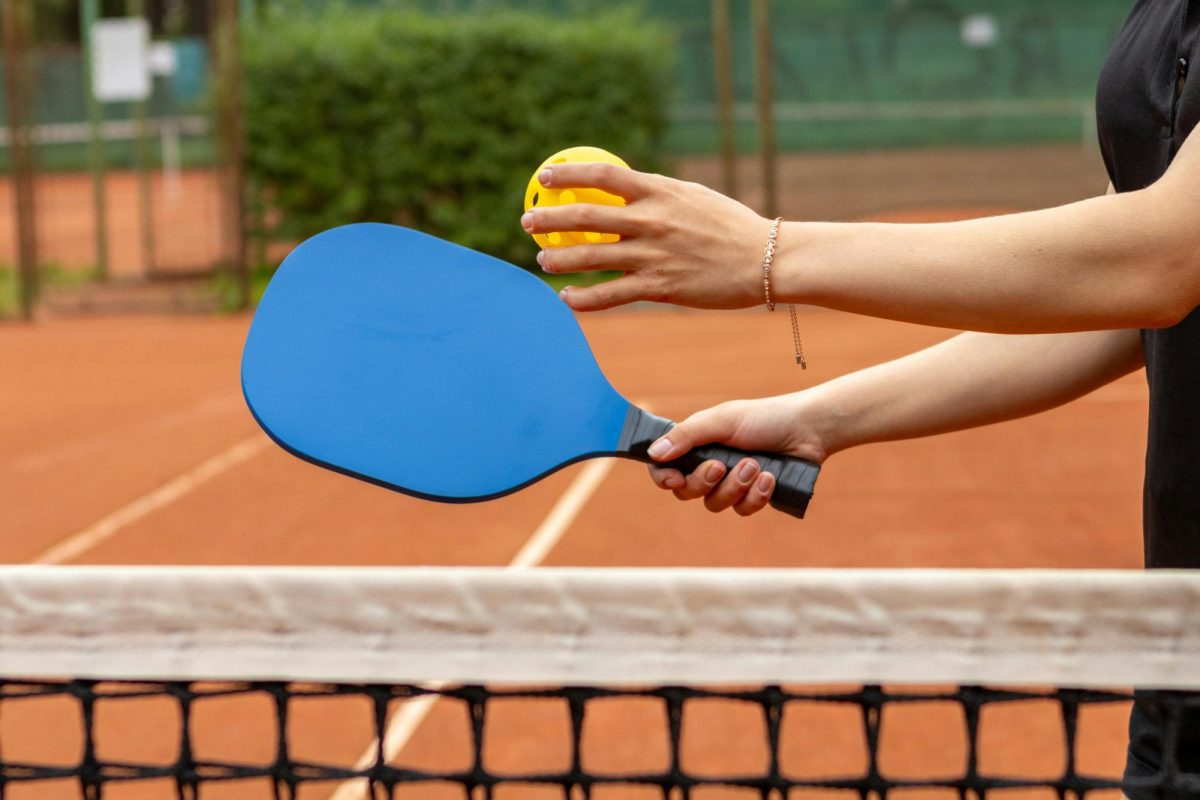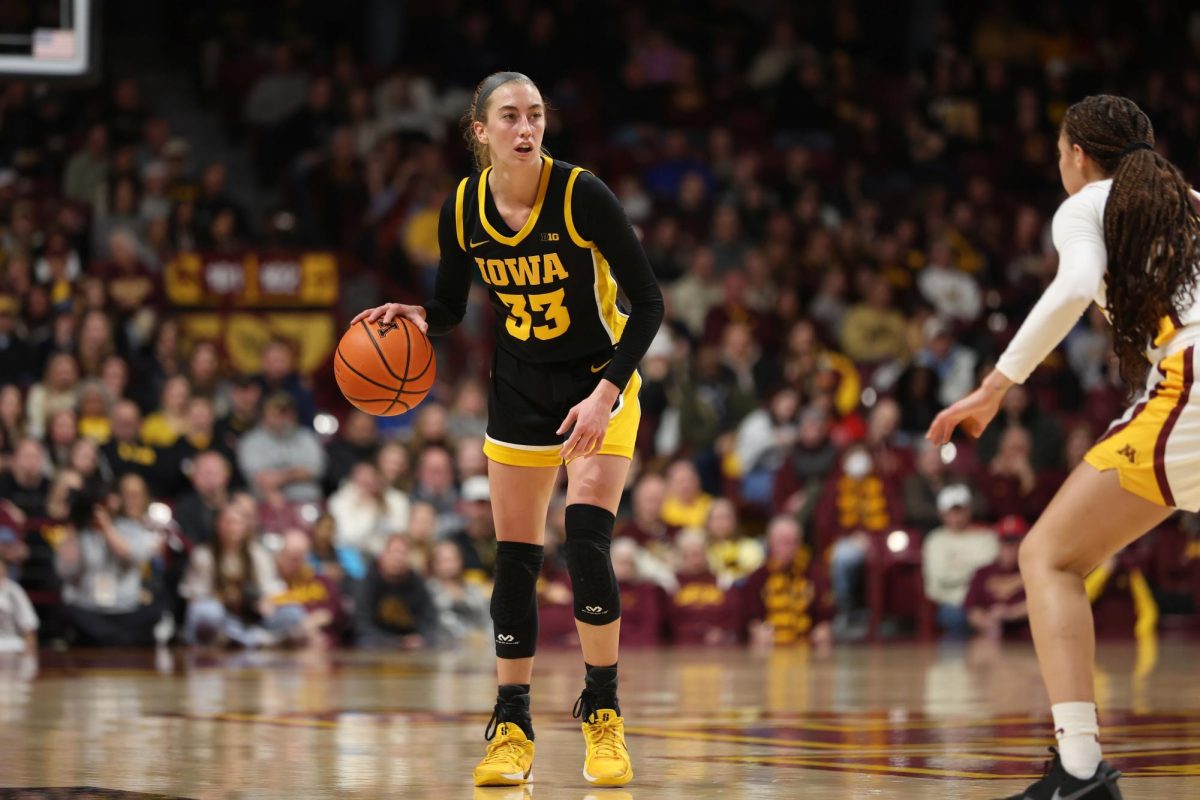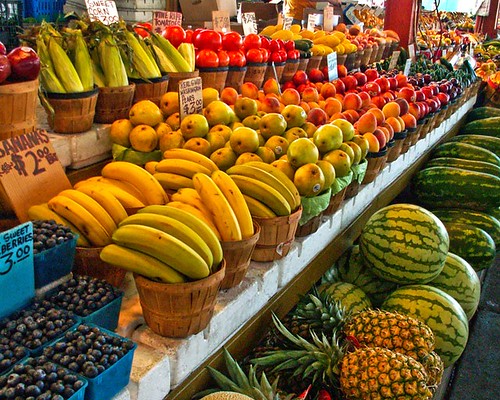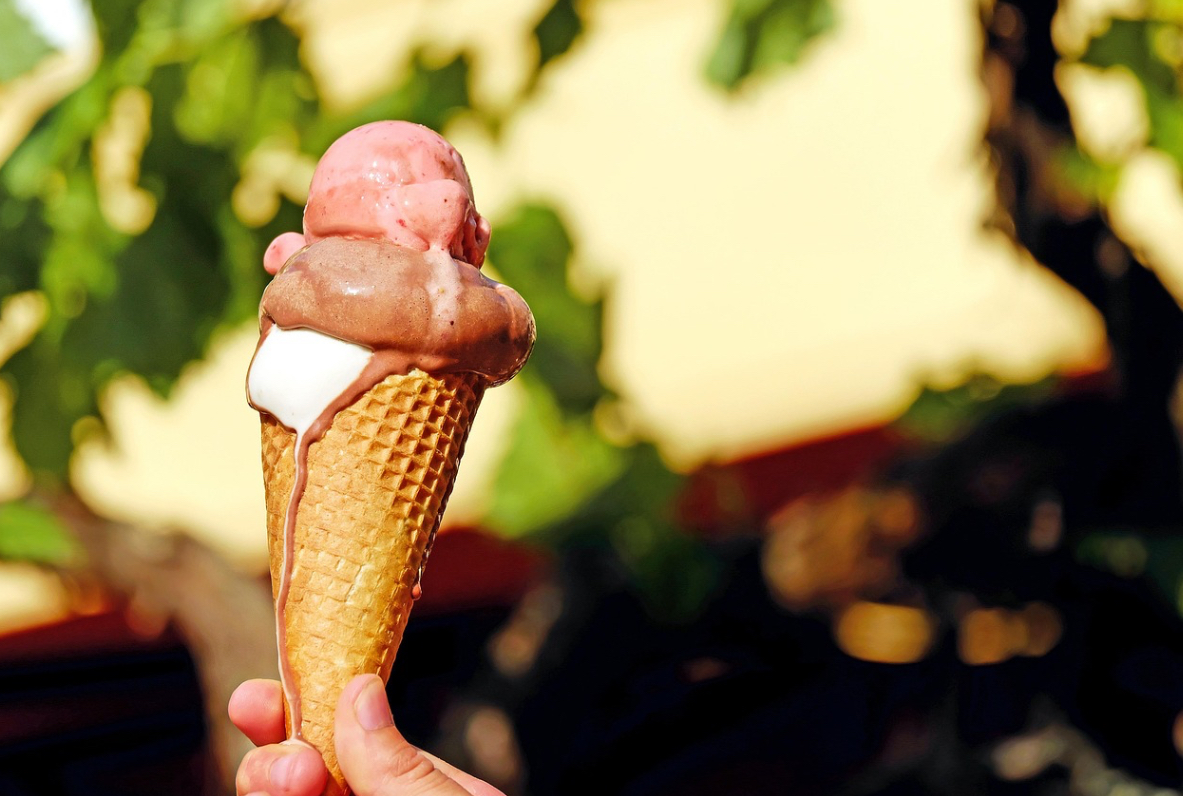By Marisa Balanda
It is a typical school night for Hershey High School senior Ally Palutis. She and her friends from dance are out to dinner between classes, and Palutis finds herself obsessively refreshing her Instagram, Twitter, and Snapchat feeds.
Social media has transformed today’s generation of teens. Teenagers now are referred to as “technology natives,” because they have grown up with technology at their fingertips. However, the omnipresence of technology in the lives of today’s teenagers has led to severe addictions.
Dana Bortel is a Licensed Social Worker who currently does private counseling. She believes that teens get drawn into the “social media warp” in which they believe that social media is a real world. “Social media is NOT real life,” Bortel said.
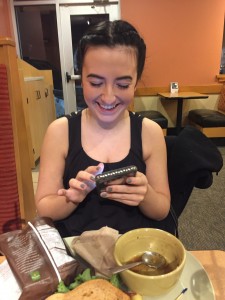
Palutis is an avid social media user. With more than 800 Instagram followers, over 500 Twitter followers, and approximately 170 Snapchat friends, she admits that she spends as much time as she can on social media.
According to a survey of 50 HHS students, 42% said they spend three to four hours on their phone each day. In addition, 22% of these students surveyed admitted to spending five or more hours a day on their phone. Also, almost half of students surveyed answered that they felt anxious when they are without their phones.
One form of social media that Palutis is fond of is Snapchat. Palutis feels an urgency to post a Snapchat story everyday. A Snapchat story is a photo or short video that is viewable to the user’s friends for 24 hours. “It’s just my instinct to post a story,” Palutis said. She claims that a story shows other people that she is having fun with her friends, and she tries to post a Snapchat story anytime she has plans. She also encourages her friends to post pictures of her on their Snapchat stories.
Snapchat stories are a way for teens to see what everyone else is doing. This contributes to a condition known as FOMO (fear of missing out), which is when people feel anxious that they are missing an event that they have seen documented on social media. “It’s difficult to see someone that you are friends with somewhere you thought you would be invited to. However, it can be a lesson- life goes on EVEN IF you were not invited to a certain party or get together,” Bortel said.
Palutis confesses that she is addicted to social media, and she constantly replays Snapchat stories that she is featured in. She always checks to see who has viewed her personal Snapchat story, and she looks for certain people’s names in the process.
In addition to Snapchat stories, Palutis acknowledged that sometimes she uses individual snapchats instead of text messaging to make plans with her friends. Palutis gets upset when people open her snapchats but do not respond to them. If she is “talking” to a boy and he does not respond to her snapchat, she feels as if the relationship is over. Now, Palutis can recognize the snapchat habits of her friends.
Even though Palutis uses Snapchat very frequently to let her friends know what she is up to, she admits that Instagram is her favorite social media platform. Palutis has discovered techniques that help her to get more “likes” on her pictures. A major factor for Palutis when in the process of posting a picture is prime posting time. Prime posting time is a window of time that seems to be the most advantageous to get the highest number of likes on a post. Through a “trial and error” process, Palutis has found that 11:00 AM on weekends and 9:30 PM on all days are the best times to post. Palutis’ most important rule, however, when it comes to prime posting time is to never post

during the school day because school-day posts get overlooked and therefore receive fewer likes.
Palutis also spends a lot of time preparing her captions for her posts. “The better the caption, the more likes and comments you will get,” Palutis said. Palutis always gets help from her friends before posting. They help her create and proofread her captions and choose filters.
Palutis’ high standards are evident not only in the posting process, but also in the amount of likes she receives. According to Palutis, 160 likes is decent but over 200 is better. “That’s when I know I made it,” Palutis said. Bortel noted that many teens feel defined by the amount of likes they get and by who comments on their posts.
Palutis has realized that photos of her nieces, which she has nicknamed “The Nuggets,” and pictures of herself cheerleading or dancing get the most likes. She explained that people feel more inclined to like pictures of her doing her extracurricular activities. However, Palutis’ most liked Instagram picture to date, with 228 likes, was from her senior homecoming with her date. She acknowledges that homecoming and prom pictures usually get a lot of likes, but that “couple” pictures get more because people feel obligated to like them because they are “cute,” and then comment things like “goals” in response.

Palutis says that these likes make her feel good about herself, but she acknowledges the dangers in them. Whenever Palutis posts a photo, she keeps her notifications up and guesses that she checks the status of her post about three times a minute. “It has become unhealthy for me,” Palutis said.
Palutis focuses on the amount of likes she receives on her own pictures, but she also compares herself to others based on likes. If one of her friends posts a picture from the same event at the same time, they make it a competition to see who gets more likes.
Another element in the posting process is frequency. Palutis tries to have an Instagram post at least once a week. She realizes that other people will criticize her for posting more than one picture per day, but she decided that for big events, like trips, it is acceptable. “It’s my senior year so I am going to post as many pictures as I want […] it’s all about making memories,” Palutis said.
The ability to post videos is now an option on Instagram. Palutis sometimes posts videos of herself dancing but acknowledges that these posts always get fewer likes because her followers would rather just scroll through pictures than stop to watch a 15 second video. This realization made Palutis certain that her contemporaries are very lazy when it comes to scrolling through social networks.
In addition to Snapchat and Twitter, Palutis is also a fan of Twitter. Palutis relies on Twitter for her news. After a breakup, Palutis has started tweeting more frequently to prove that she is still having fun.
Palutis is planning to attend Temple University this fall, and she believes that her addiction will only get worse once she gets to college. She thinks that attendance at dinners, special events, or sorority gatherings might cause her to want to post more.

Palutis’ addiction has caused her physical and emotional symptoms. On one occasion, Palutis was without her phone for two hours and felt anxious and started shaking. She mentioned the anxiety of missing out on numerous texts in a group message as one of her concerns. Bortel noted that many patients come to her feeling depressed or anxious due to concerns over their social media identities. She recommends that her clients put away their devices at least two hours before they go to sleep. She also believes that parents should be aware of their children’s phone habits and make their teens put their devices away.
For now, Palutis is living her life through the lens of her iPhone. Palutis said, “Social media is my life, and I’m not ashamed.”

